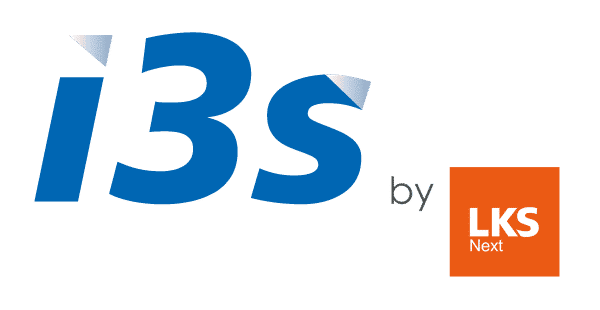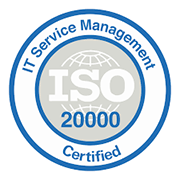The digitalization of occupational risk prevention represents a qualitative leap in the protection of professionals. In fact, it has become the great lever for change in favor of a minimum accident rate horizon, where occupational accidents cease to be a historical scourge of our market. But how to digitize occupational health and safety? We tell you how to do it.
The responsibility to increase safety in the workplace
It is the company’s responsibility to make every effort to protect occupational health and safety. the occupational safety and health (OSH) of its employees.
This obligation is set out in Directive 94/33/EC
Directive 94/33/EC
The company’s activities have been incorporated at the European level, and in the various legislations of the Member States. In fact, any person may refuse to perform an unsafe task in the work environment. In addition, staffs have the responsibility to assume the responsibility for the
OSH protocols and measures
to preserve their own integrity and that of their colleagues.
In other words, the digitalization of occupational safety and health paves the way for regulatory compliance in occupational safety and
occupational safety
. And it does so economically, effectively and efficiently.
Which solution to choose in occupational risk management
The keys to choosing a digital tool capable of managing occupational risk prevention prevention of occupational risks in an adequate way, the following criteria must be taken into account:
- Maximum customization and scalabilityIn other words, the application, system or platform in question must be able to grow with your company: with its needs, size, difficulties, number of employees, services, etcetera. Furthermore, it must be adapted to the type of sector or economic activity.
- Integration into the business ecosystemOSH digital solution should be integrated into the organization’s existing management ecosystem, so that it is accessible to all employees and its data can be cross-referenced with other applications. In this regard, the SAP solutions solutions are optimal because they integrate seamlessly with other systems.
- Able to put new technologies at your serviceWe are referring to AI, Big Data, robotization, internet of things…, i.e. a solution in occupational risk prevention capable of absorbing any innovation that results in better control of risks and a better response to them.
In this sense,
LEKUnet Risk Prevention
responds perfectly to what any professional in the field of work safety professional should ask from a digital prevention system.
LEKUnet, geolocation in occupational risk prevention
The solution developed by i3s, offers a permanently connected permanently connected digital environmentThe system provides real-time visibility of the people involved in the business activity, as well as of the machinery or materials used. All this thanks to a vast experience in IT systems integration, a deep knowledge of the processes of occupational risk prevention and high doses of innovation through AI and Big Data tools.
LEKUnet supports its system of occupational risk prevention on the analysis of historical company data, real-time activity data and short-, medium- and long-term predictions of potential risks.
possible risks.
In addition, thanks to an exact replica of the exact replica of the physical workspace in digital formwhat is known as a digital twinIn addition, thanks to an exact replica of the physical workspace in digital format, known as a digital twin, safety managers receive relevant information in real time through reliable data on the behavior of all the professionals and the machinery used.
With this preventive response, any organization can constantly check the safety conditions of the work environment and improve safety protocols and its response to any eventuality and improve safety protocols and its response to any eventuality thanks to the implementation of proactive measures capable of anticipating possible accidents.
Why invest in digital occupational safety systems
Investing in digital OSH systems means investing in the following chapters:
- Improved efficiency and productivity levels by a lower turnover rate within the company and lower sick leave due to occupational illness or accident
sick leave due to occupational illness or accident
. - Reduction of costs of sick leave, staff turnover or health care.
- Retaining qualified talent qualified and necessary for the company, especially those who demand greater welfare in the work environment
work environment
or older talent. - Increased possibility of attracting the desired human capital through safe working conditions.
If you said digital system for proper monitoring of working environments we add: a la carte training plans from safety at workinformation sessions on potential risks and how to deal with them in case of an emergency and a strong safety culture In this way, we will be rowing not only for the future of the business, but also for the welfare of the workforce and a strong commitment between them and the company’s management.










